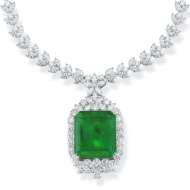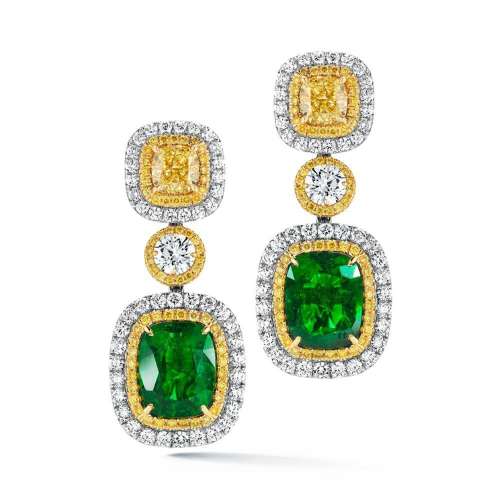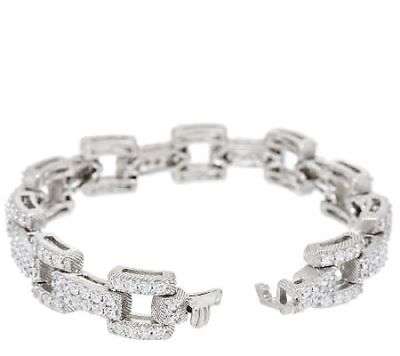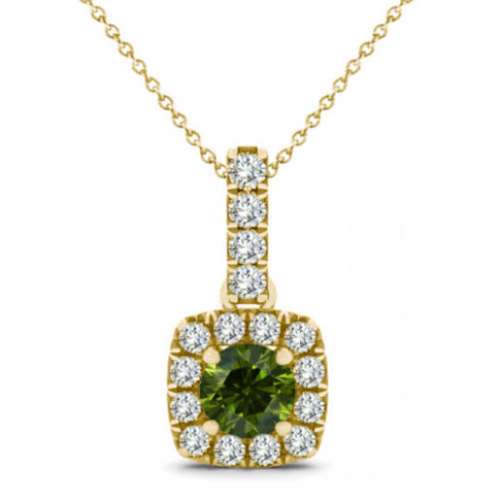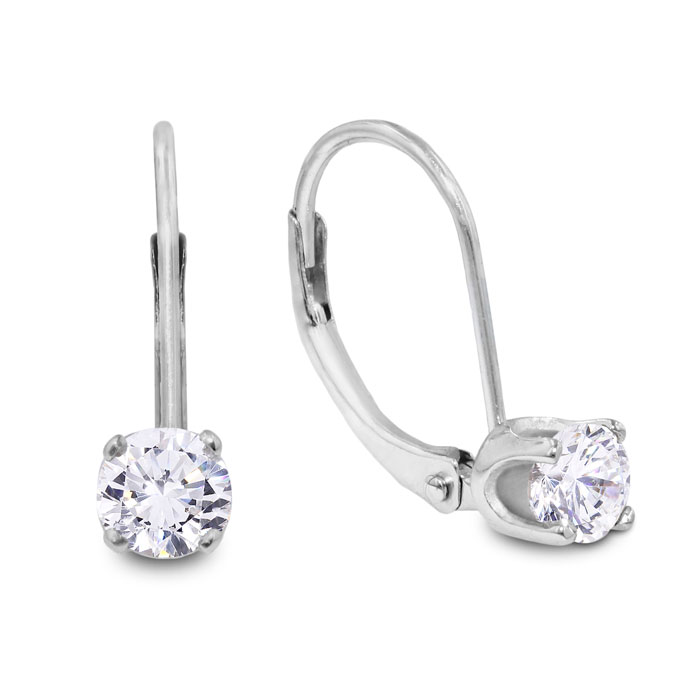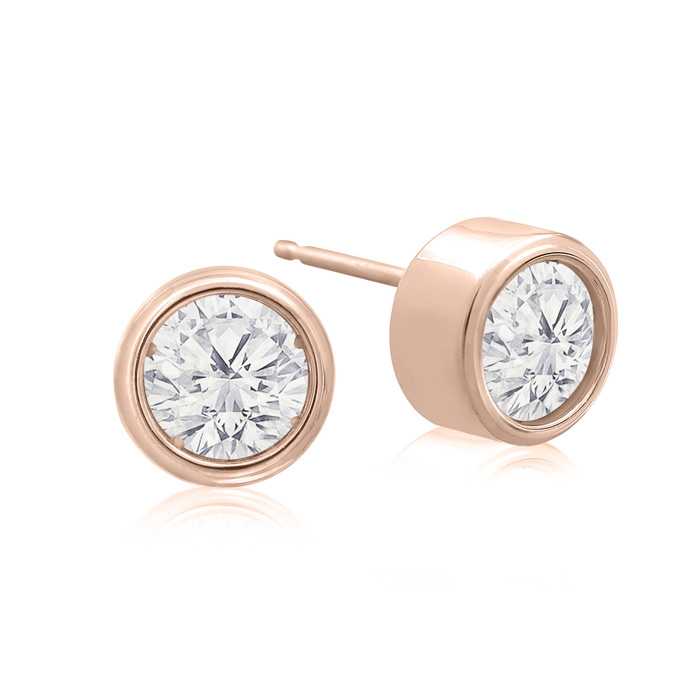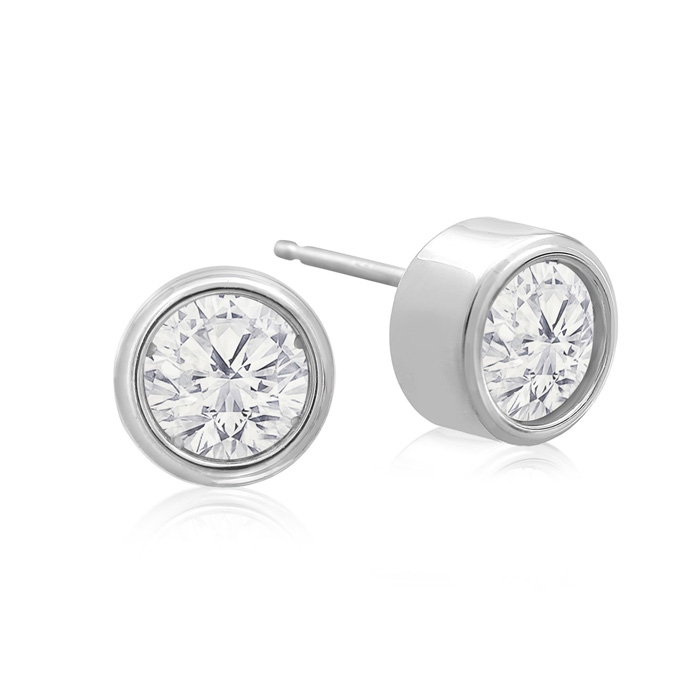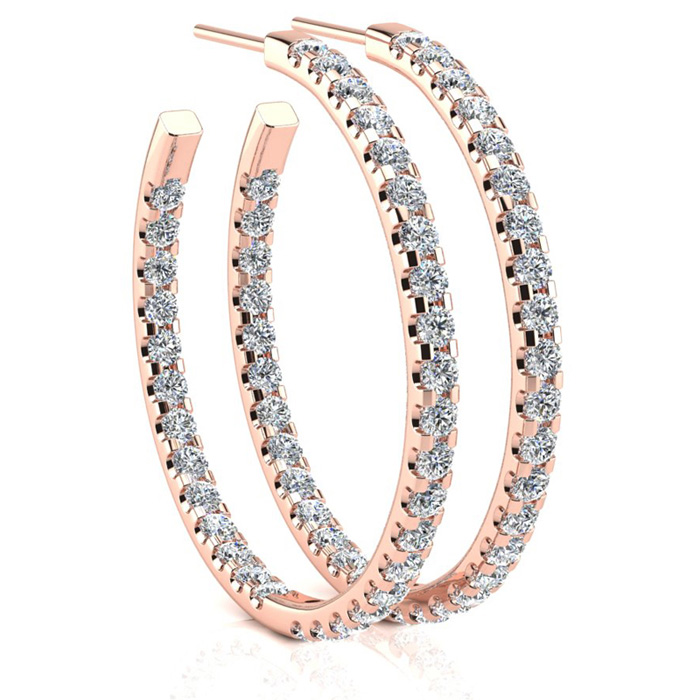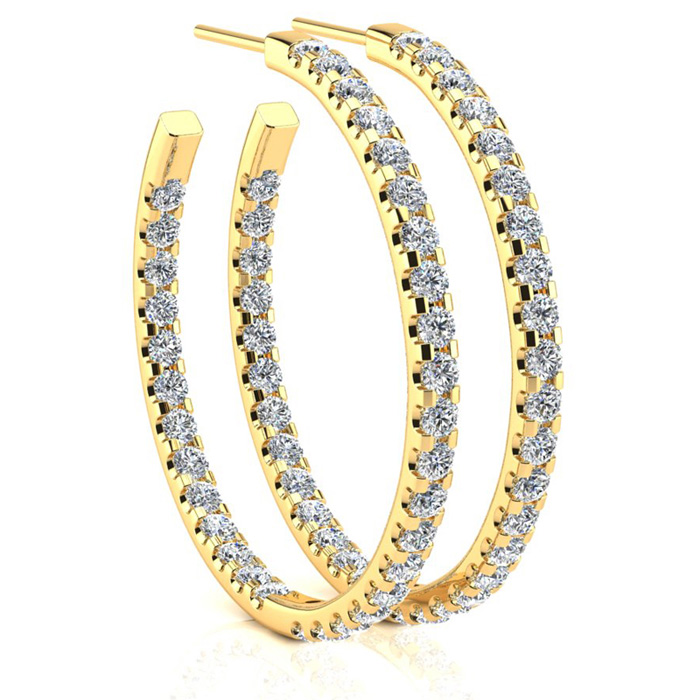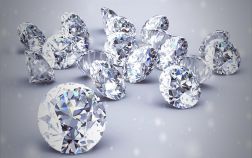
A Kick-Start Guide About Diamond Cuts
It’s a great news and you have just turned 18 and have some savings to buy your mom a diamond jewelry as a Mother’s Day Gift. A jewelry purchase is a serious affair with the cost-quality aspects as well as the aspects its pureness, hallmarked authenticity, and 4 Cs.
The 4 Cs to Diamond Purchasing, namely, cut, color, clarity, and carat all determine and demarcate the whole sea of diamonds in terms of shine, luster, quality, weight, density, and saturation, etc.
And amongst this, the diamond cut aspect is one of the most important, as this is the way a diamond is appropriately shaped and cut from the unearthed original rare stone, to make luminous rays of light to pass through and give its shine and sparkle. The cut is the eminent factor to determine the level of brilliance of the diamond to reflect through various facets, the depth and degree of sparkle and shine.
On the basis of diamond cutting only, the proportion of facets and symmetry of the diamond gets sculpted and carved into a full embellished stone of pure brilliance.
Following is the list of the Most Popular Diamond Cuts to choose from:
- Round Cut Diamonds: This is the most popular diamond shape having approximately 75% of all diamonds sold in this category with total 58 facets to glean 100% maximum brilliance amongst all the other diamond cuts in terms of shine and sparkle. As the supply of Round Cut Diamonds is very low and their demand very high, round cut diamonds typically cost more on a per carat basis.
- Princess Cut diamonds: Also, called as squared brilliant this is another type of a brilliant diamond with square and rectangular shape with four beveled sides of the pyramidal shape. First, cut in 1980, this is relatively a newer shape than the round cut diamonds.
- Emerald Cut: Created in around 1500s, one of the oldest diamond cuts, these type of diamonds have a unique optical appearance to have rectangular facets step cut into the diamond’s pavilion giving an optical illusion of hall of mirrors to create dramatic flashes of light.
- Cushion Cut Diamonds: Also called as pillow cut, this type of cut diamonds can have cuts varying from square to rectangular to softly rounded corners. Furthermore, a new and latest version of the Cushion Cut Diamonds has an extra row of facets to emit a crushed ice effect type of luminance.
- Marquise Cut diamonds: Also known as Navette Cut, a highly striking and bold diamond shape having 56 and 58 facets with two pointed ends firmly set vertically on the bands to be worn horizontally. Originated in the 18th Century, this diamond cut is the very unique shape and when used for making rings, gives an appearance of longer and slender fingers.
- Pear Shaped: First cut around 1400s, this diamond cut shape has a pear drop shape with one pointedly end and one rounded end, is the mix of round and marquise cuts. This cut gives a very feminine and slender look to the fingers, with its narrow end directly pointing toward the hand for a very elongating effect.
- Asscher Cut: Named after its maker, Joseph Asscher and created in the 1920s this is another unique cut with 58 long facets with four cropped corners to form a captivating hall of mirrors effect. This Asscher cut grew into popularity on its showcase in the Art Deco Era in around 1920s.


